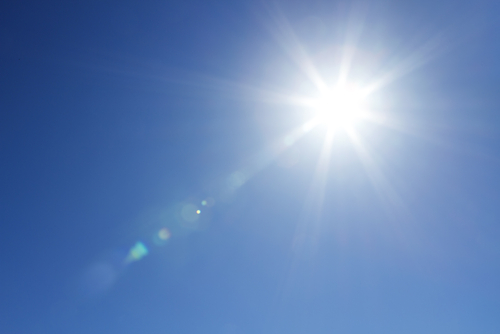Optimistic stories surrounding the coronavirus are thin on the ground, so it’s an enticing idea that the summer heat could stave off the pandemic. Sunlight is known to break down the proteins and lipids in viruses’ DNA, and UV light is used in hospitals to sterilize equipment.
And as similar viruses to COVID19 struggle to survive in warmer temperatures, scientists are researching whether sunlight and hotter, more humid weather might slow or prevent the spread of the virus.
There are two main factors that influence the spread of COVID19…
1. Viruses Travel Slower In Warm, Humid Air
Coronavirus is transmitted in a similar way to the common cold or flu – through respiratory droplets which spread when people cough, sneeze or even speak. A study in 2007 showed that In warm, humid air, viruses don’t hang in their air as long as they do in colder conditions. This is because warm, humid air has more moisture than dry air, weighing down the airborne droplets which eventually drop to the ground.
2. People Live Closer Together In Winter
Human interaction varies in winter and summer. In winter people spend more time indoors in closer contact with each other. This is one of the reasons colds and flu outbreaks often peak in autumn and winter and tail off in spring and summer.
Warmer countries such as Indonesia, Africa and South America show fewer cases and tropical areas tend to have more flu outbreaks in the rainy season when people spend more time indoors.
Keeping A Weather Eye On Coronavirus
Although there’s a general consensus is that the spread will slow in summer and then reappear in the mid to late autumn, the transmission of the virus is not yet clearly defined. We will learn a great deal more about the virus when the European and North American summer begins and winter descends on the southern hemisphere.






